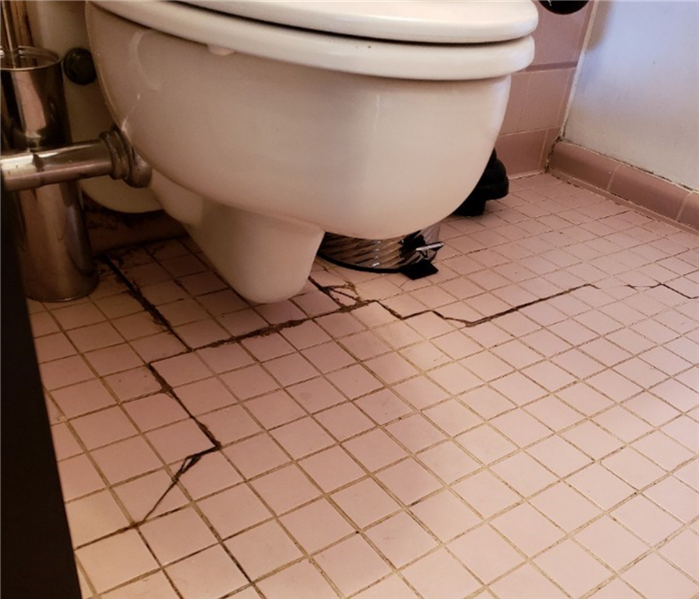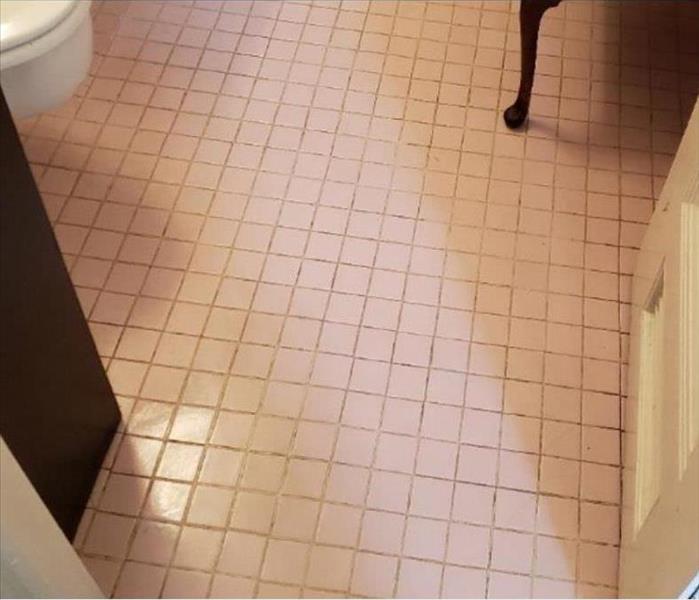
Step 4: Drying and Dehumidification
Our Water Damage Restoration Process
After the majority of water has been removed, work begins to repair porous areas containing hidden moisture. Building materials such as wood, drywall, and flooring retain water and could easily break down, warp, or cause mold damage if not treated properly. A plan is developed to reverse the damage and restore your property by using special equipment, monitored on a daily basis. Our goal is to replace as little as possible.
Conventional equipment such as air movers and dehumidifiers aid tremendously, but what about especially hard-to-reach areas such as cracks and crevices? In those specific cases, our Injectidry system comes to the rescue by pumping air into these spaces, providing a thorough and professional dry down.
Drying / Dehumidification
Our Professionals will use room measurements, temperature, and relative humidity to determine the optimal number of air movers and dehumidifiers to dry your home or business. We’ll carefully monitor the progress using moisture meters until the materials return to acceptable drying goals.
- Use Dehumidification Equipment
- Use Monitoring Equipment to Track Progress
Monitor Floor and Walls
We check the moisture levels to monitor the drying process.
- Monitor Floors
- Monitor Walls
Drying Equipment
- Industrial-grade dehumidifiers help prevent secondary water damage like swelling and warping of floors, walls, and furniture.
- High-speed air movers create airflow across walls, carpets, pads, and furniture, which accelerates the evaporation of moisture.





 24/7 Emergency Service
24/7 Emergency Service




